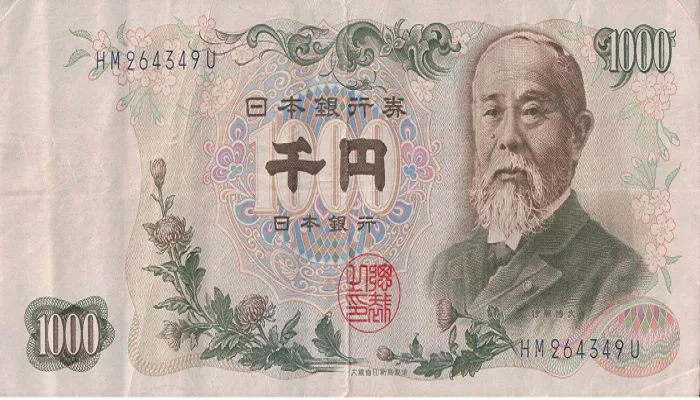Japan’s retail sector, historically known for its conservative approach to employee wages, is witnessing a notable shift as companies announce substantial pay increases for the second consecutive year. This trend reflects the mounting pressures on businesses to address labor shortages, rising inflation, and the ongoing demographic challenges of a shrinking workforce.
Japan’s service sector, a major employer of the country’s workforce, had long relied on a steady supply of part-time, lower-paid workers, including retirees and housewives, to keep labor costs manageable. However, the country’s aging population and declining number of working-age individuals have forced many retailers to reconsider their pay structures. Retailers, who employ around 10% of Japan’s workforce, are now offering wage hikes to attract and retain talent.
This shift has not gone unnoticed by policymakers, particularly those at the Bank of Japan (BOJ), who have been searching for signs of sustained wage growth after more than two decades of stagnation. Bank of Japan Governor Kazuo Ueda expressed optimism about the wage outlook during a recent gathering with regional bank executives, referencing a promising shift in wage dynamics.
The central bank’s recent interest rate hikes, including an expected increase later this week, are based on the belief that rising wages will fuel higher prices, creating a “virtuous circle” that boosts both wages and consumer spending, which, in turn, drives economic growth.
In line with this new wage trajectory, labor unions are pushing for even higher pay. UA Zensen, which represents workers in the retail, restaurant, and textile industries, is seeking wage increases of 6% for full-time employees and 7% for part-time workers for 2025. This request surpasses the 5% baseline target set by Rengo, Japan’s largest labor union. The final wage agreements for 2025 are expected to be concluded by March, with pay increases taking effect shortly after.
Tamon Nishio, General Secretary of UA Zensen, highlighted the importance of these wage hikes for workers in small and medium-sized businesses, particularly part-time employees. He emphasized that achieving real wage growth across sectors would create a positive economic cycle benefiting all of Japan’s workers.
However, economists and industry executives have raised concerns about the potential downsides of this wage growth. Rising labor costs are putting pressure on retailers’ profitability, and there is uncertainty about whether workers will increase their spending, despite higher wages. Takaharu Iwasaki, president of Japan’s largest food supermarket chain, Life Corp, acknowledged that pay increases are adding to the company’s cost burden. However, he emphasized that competition for workers is so intense that rewarding employees with higher wages is necessary.
Life Corp is targeting wage hikes of 5% for full-time employees and 6% for part-timers in 2025, while retail giant Aeon is considering a 7% increase for its 420,000 part-time workers. Aeon’s executive officer, Motoyuki Shikata, pointed out that the previous pay hikes had been instrumental in attracting and retaining workers.
The impact of these wage hikes on retailers’ bottom lines is already becoming apparent. Life Corp reported a 7.9% increase in labor costs, contributing to a 3.4% drop in net profit for the nine months ending in November. Similarly, Aeon experienced a net loss during the same period, with wage increases adding 42.7 billion yen ($270.6 million) to its labor costs.
The shrinking working-age population in Japan, projected to decline by 20% to 62 million by 2040, continues to exacerbate labor shortages. The shrinking pool of part-time female and older workers is further complicating efforts to fill retail positions.
There are also doubts about whether these wage increases will lead to higher consumer spending. While inflation has been rising, it has often outpaced wage growth, meaning that the extra money in workers’ pockets may not translate into greater purchasing power. Without increased consumer spending, companies could struggle to raise prices to offset higher labor costs.
Shinichiro Kobayashi, an economist at Mitsubishi UFJ Research and Consulting, questioned the sustainability of the current wage momentum. While consumers accepted some price hikes following the pandemic, there are signs that they are growing weary of constant price increases and shifting their spending to discount stores.
Workers themselves are not necessarily eager to spend their higher wages. Miwako, a part-time worker at a major supermarket chain in Tokyo, expressed that her cost-saving mindset remains strong. Despite her hope for continued pay raises, she intends to save any extra income rather than spend it.
As Japan’s retailers continue to grapple with these challenges, the country’s economic future hinges on whether wage increases can sustain both worker morale and consumer demand, setting the stage for broader economic growth.
Related topics:
Crypto Market Soars as VanEck ETF Filing Pushes Bitcoin to $100k; Stellar (XLM) Follows XRP’s Rally
Chinese Hackers Breach U.S. Treasury, Target Key Departments and Sensitive Data
Congressional Stock Picks: Lawmakers Scoop Up Big Tech, but Voters Want Tighter Restrictions


